Inbound marketing helps you address these two major focus points & should definitely form a part of your overall marketing strategy.
You as a CEO don’t really need to know the complete ins & outs of inbound marketing though having a sound understanding of basic inbound marketing concepts will surely help you while approving your marketing team’s plans.
Here is a checklist you need to go through before you start implementing Inbound Marketing.
It will give you an overview – how you should begin devising a plan for your business with Inbound Marketing.
So without any further delay let’s dive down straight. Why as a CEO you should consider using inbound channel for marketing:
Cost effective/ High ROI
The main focus of the majority of companies, especially SMEs, is to convert potential customers at as low costs as possible.
And it’s here that inbound marketing helps play a key role.It is highly cost effective- it doesn’t cost much to set up a blog or digital marketing campaigns.
You can start running digital marketing campaigns at as low as Rs.50 & gradually scale them up while continuously tweaking them as you go along depending on customer feedback and campaign data.
Recent studies show that it takes on an average one-third the cost to generate a lead from inbound channel vs.
What it would have taken to generate the same lead from the outbound channel. This would ultimately lead to higher ROI which as a CEO should be your final goal.
Less intrusive & intent to buy
Inbound marketing let’s the customer take the front seat & make the first move. If a customer finds your content relevant & if it looks to satisfy his/her need, then he/she is bound to make the inquiry.
Also, if the customer himself is making the inquiry it definitely means he is interested in your product/service & it becomes far easier to convert him.
Long lasting
As said, above inbound marketing allows the customer to take the front seat & is always on the buyer’s terms.
It let’s the customer consume the information at his/her own leisure without interrupting their daily schedule.
Over a period the customer will start trusting you if you keep on delivering quality content & will also start referring other potential customer to your blog/newsletter.
This helps build a rapport with the customer & also build a community around your business over a period of time.
Increase visibility
You don’t really need me to tell what wonders can a top notch viral post can do to your business.
A great well written post can become an instant hit on social media within a matter of hours & be shared with lakhs of users skyrocketing your visibility & brand awareness.
Efforts you need to take to successfully grow your business with Inbound Marketing
Everything has it’s own pros & cons and inbound marketing isn’t any different. It too has some disadvantages though it’s advantages far outweigh its cons.
Inbound marketing requires constant time & efforts in order to be successful. You need to constantly analyze campaign data. As well as keep your content customer worthy in order to continuously tweak your campaigns to generate quality leads.
It requires varied skill sets like content writing, SEO, data analytics, social media marketing, Adwords, etc. Which quite frankly a small company just starting up may find hard to do. It always helps to hire a good consultant to initially help with your campaigns.
Inbound & Outbound marketing: The right mix:-
With inbound marketing having so many advantages over outbound channels does it mean we should stop investing in outbound channels? No you shouldn’t- Inbound & outbound marketing go hand-in-hand with one supplementing the other.
Many times you will still need to cold call a customer in order to generate leads & convert it (the customer may not be active on social media or maybe even be too busy throughout the day to really have a look at your newsletter).
The only thing that matters here is to have the right mix of inbound & outbound channels in your marketing strategy.
So what should be the ideal ratio? It’s really impossible to suggest an arbitrary ratio without studying the data. It depends on a variety of facts like industry, consumer behavior in that sector, spending capacity, etc.
Future trends in inbound marketing in 2025
Inbound marketing continues to evolve with technological advancements and consumer behavior shifts. Here are the key trends shaping inbound marketing in 2025:
1. Hyper-Personalization at Scale
In 2025, personalization is no longer optional. AI-driven tools allow marketers to deliver real-time content tailored to individual preferences, behaviors and needs. From email campaigns to website experiences, hyper-personalization fosters deeper engagement and loyalty.
2. AI-Powered Content Creation
Generative AI streames content production by efficiently helping marketers create blogs, videos, infographics, and social media posts. These tools analyze audience preferences and suggest formats and topics that resonate most, optimizing the inbound funnel.
3. Voice Search Optimization
With the rise of voice-activated devices, optimizing content for voice search is critical. Inbound strategies now include conversational, question-based content that aligns with how users ask questions via voice search.
4. Interactive Content Experiences
Static content gives way to interactive formats like quizzes, calculators, augmented reality experiences, and 3D product showcases. These formats attract attention and keep users engaged longer, improving conversion rates.
5. Video-First Content Strategies
Video continues to dominate inbound marketing. In 2025, short-form videos (e.g., Reels, Shorts) and live streams are essential to connect with audiences. AI tools simplify video editing, making it easier for SMEs to produce high-quality video content.
6. Sustainability and Value-Driven Marketing
Consumers in 2025 expect brands to align with their sustainability and social responsibility values. Inbound content highlighting a brand’s ethical practices and contributions to societal issues gains significant traction.
7. Advanced Marketing Analytics
Inbound marketing strategies now rely heavily on predictive analytics to measure campaign success and make data-driven adjustments. These tools forecast trends and consumer behaviors, allowing marketers to stay ahead of the curve.
8. Focus on Community Building
Inbound marketing is increasingly about creating loyal communities. Through forums, exclusive groups, and customer-led initiatives, brands foster stronger connections and amplify word-of-mouth marketing.
By staying ahead of these trends, businesses can ensure their inbound marketing efforts remain effective and impactful in 2025.
 Growth Strategy and Planning
Growth Strategy and Planning Inbound Growth
Inbound Growth Growth Hacking
Growth Hacking Search Engine Optimization
Search Engine Optimization Paid and Performance Marketing
Paid and Performance Marketing Social Media Marketing
Social Media Marketing AI-Driven Growth Strategy
AI-Driven Growth Strategy
 Growth Tools
Growth Tools Offers
Offers






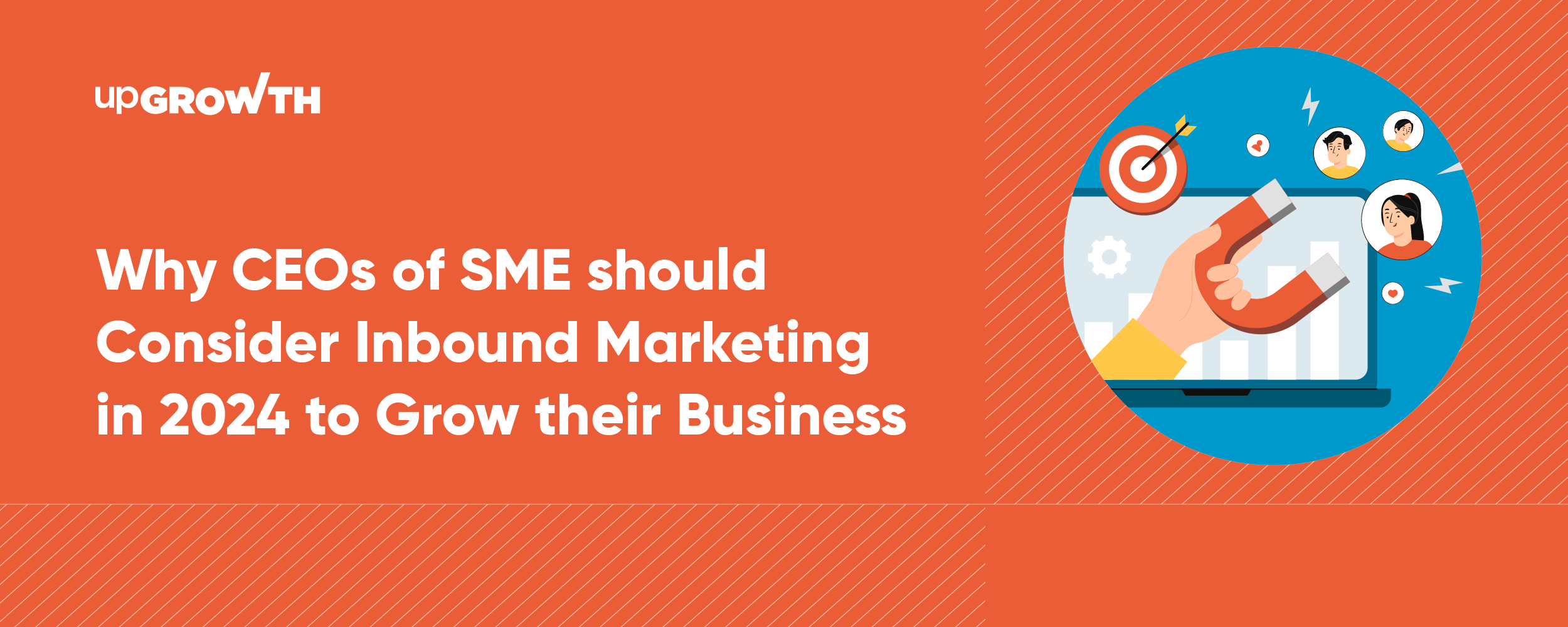


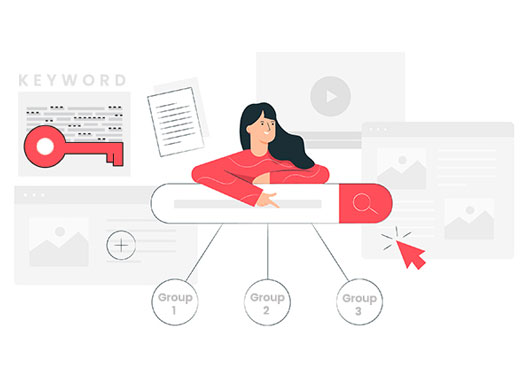
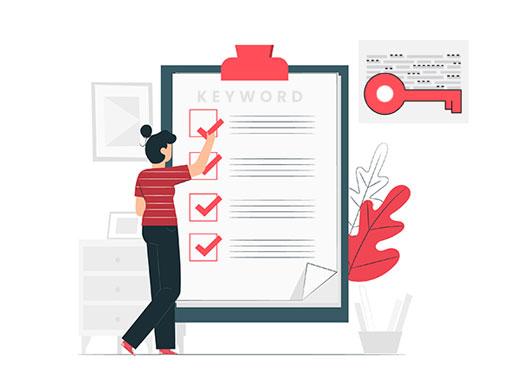


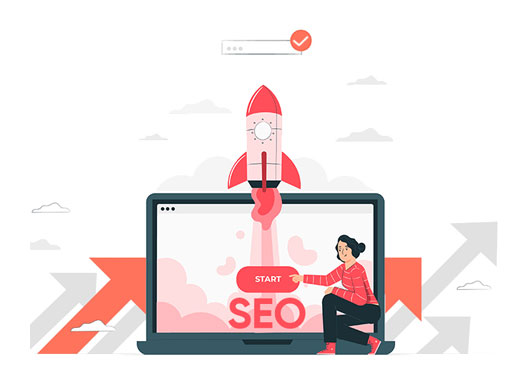
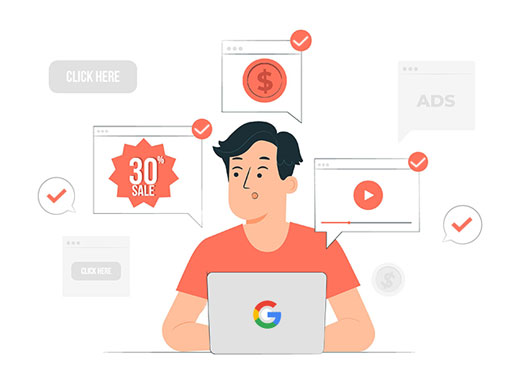
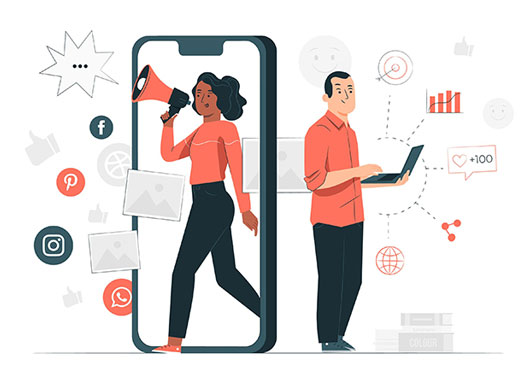


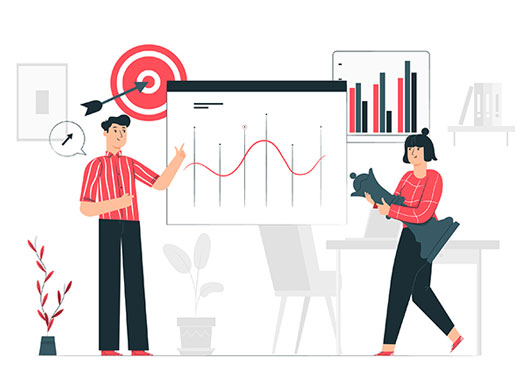
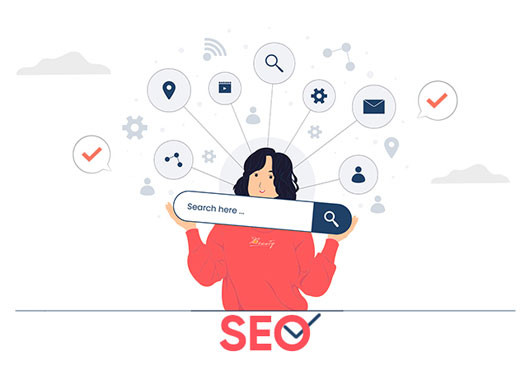


Leave a Reply